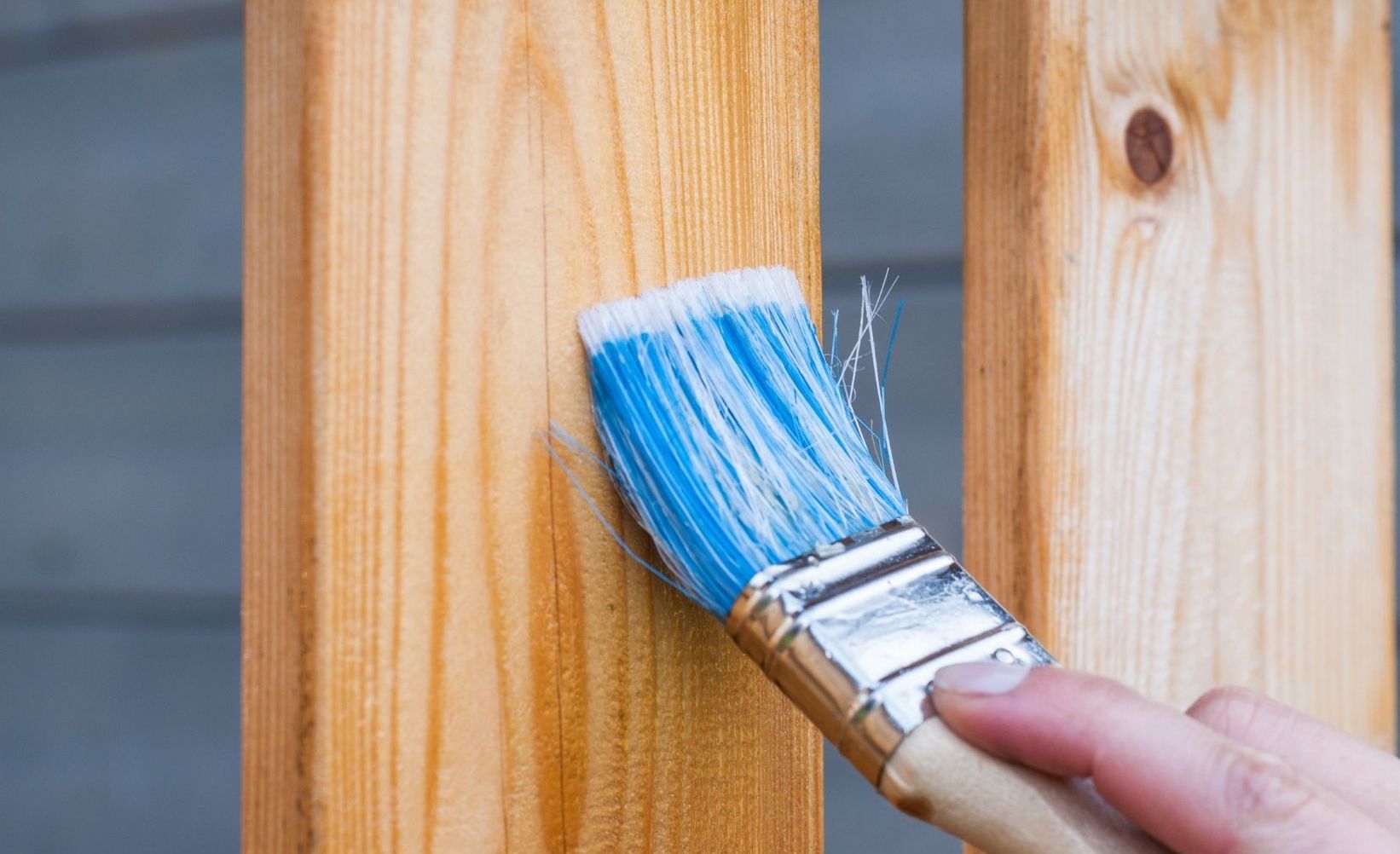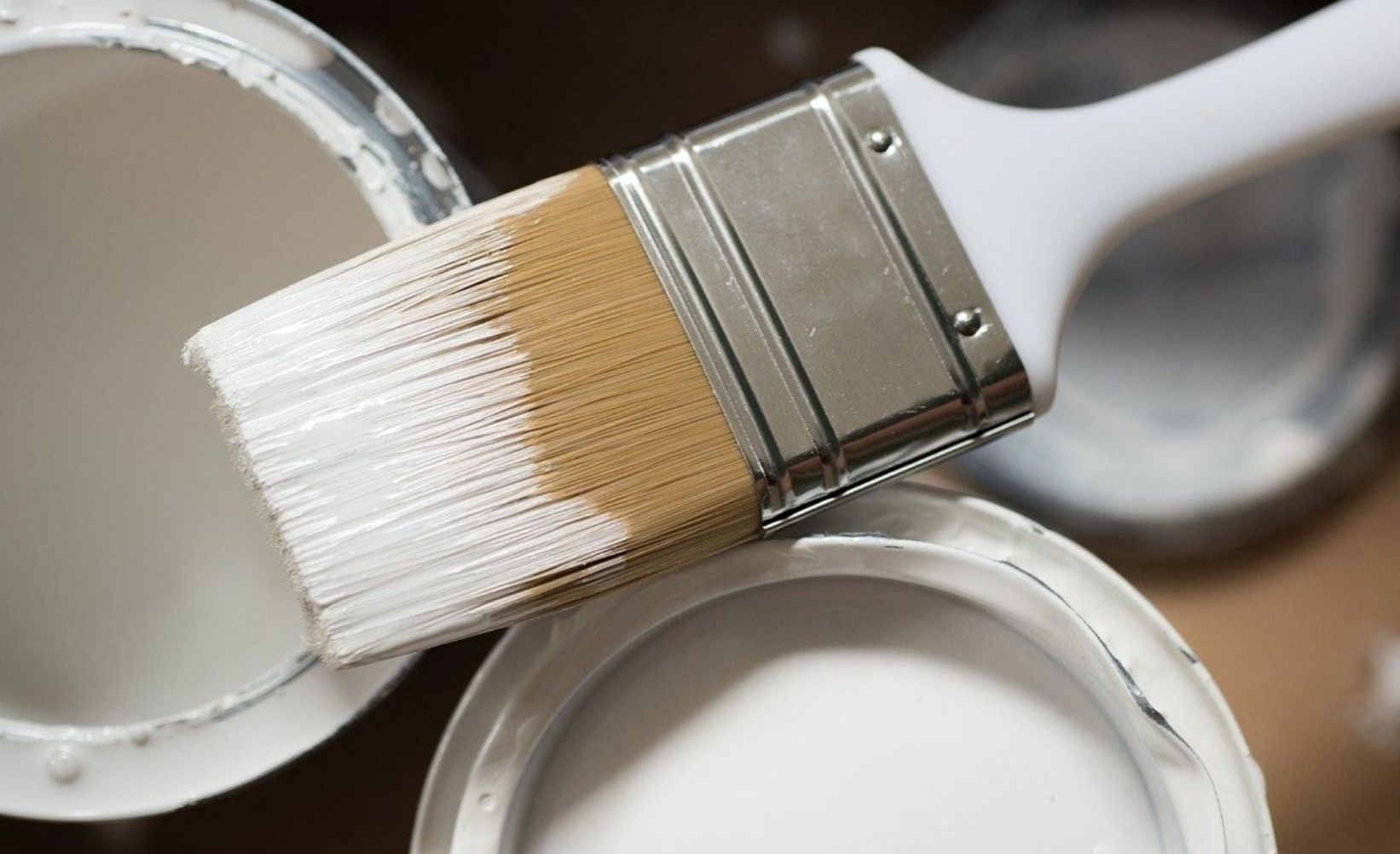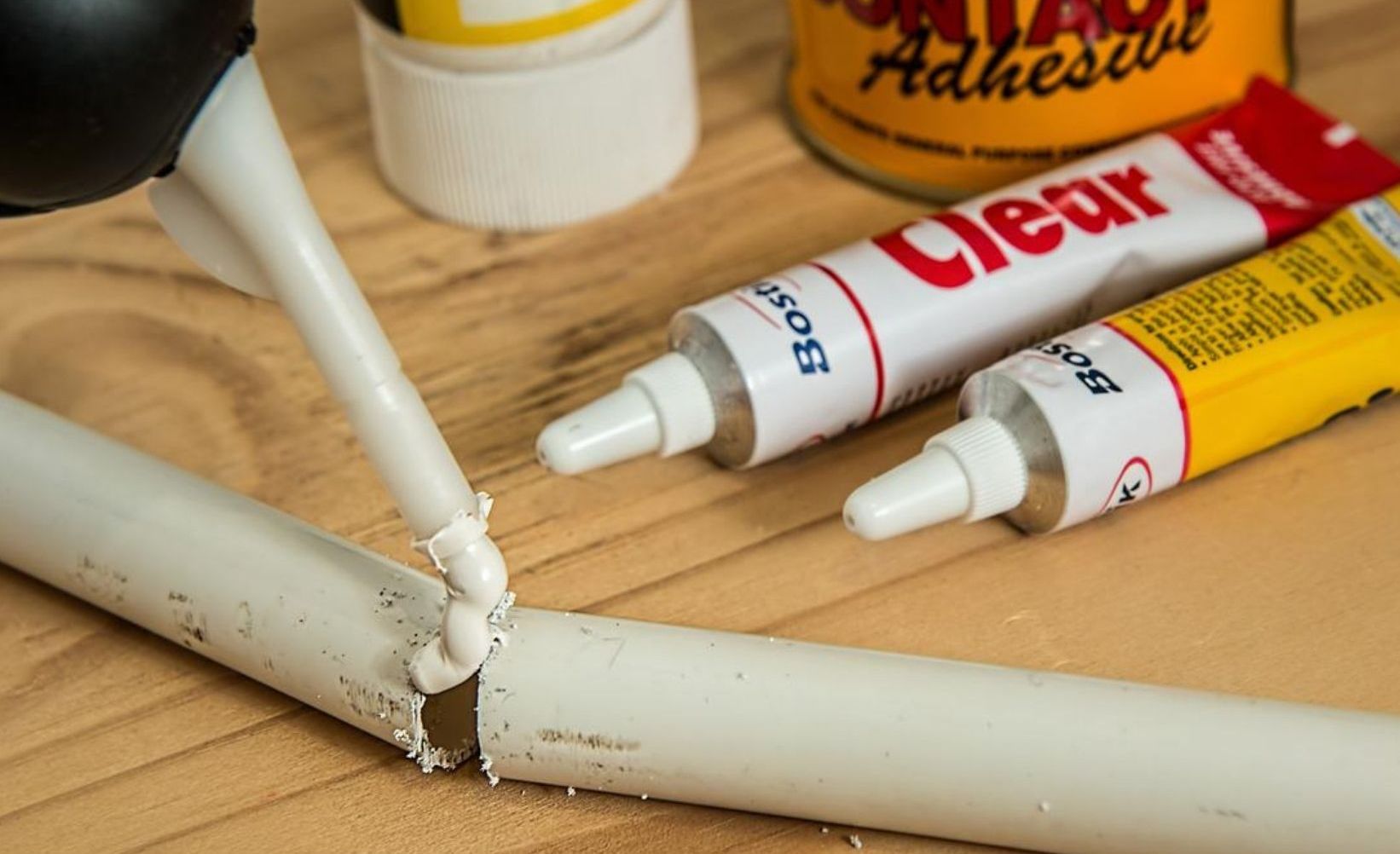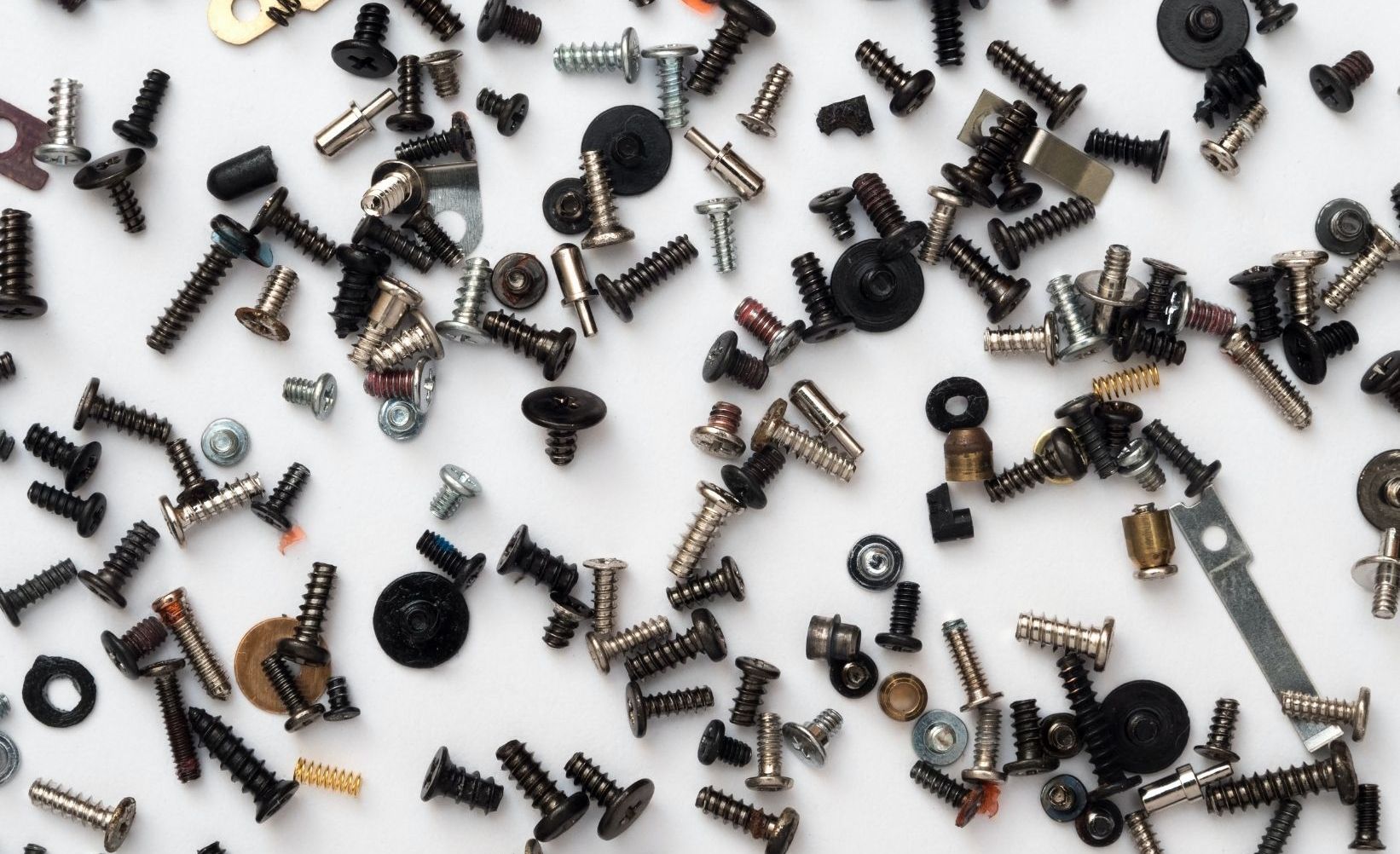How To Spring Clean Your DIY Supplies
DIY supplies can quickly build up; if you’ve had to buy a product for just one project, it can then sit there gathering dust for months or even years, potentially going off in the process.
If you’re finally getting round to a much-postponed DIY project after the chaos of the last couple of years, or you’re facing a long wait for a tradesperson and you’ve decided to give a task a go yourself, it might be time to spring clean your insulation tools, building supplies, and DIY products.
Use this as an opportunity to look through what you’ve got, dispose of anything you can no longer use, and invest in new DIY supplies where they’re needed.
Which DIY Supplies Can Expire?

Take the time to go through exactly what DIY supplies you’ve got in your garage or shed. If there’s a mystery bag or a forgotten tool box that you don’t go through this time, you’ll only be creating more work for yourself in the future. Put on your favourite playlist or download a podcast series and get stuck in.
Some DIY supplies can expire, so you’ll need to take a look at their expiry dates, or keep a note of when you bought them. This can make it easier to know whether they’re still okay to use, but sometimes you will need to have a look (and possibly a sniff) at unopened products such as paint to check they’re in good condition.
DIY supplies that can expire include:
- Adhesives
- Paint
- Plaster
- Primer
- Sealant
- Sealing tape
Spring Clean Your DIY Supplies
Here’s everything you need to know about the lifetime of common DIY supplies, and how to know if they’re still okay to use around your home:
1. Paint
Unused paint can last for a surprisingly long time - maybe even up to 10 years - but only if it’s unopened and if it’s been stored correctly. Tins of latex or oil-based paint should be stored in a cool, dry place, where they’re not at risk from high levels of heat or from freezing. If you come across a tin that has frozen at some point, you’ll need to dispose of it at your local recycling centre.

You may find that your paint has a thick skin on the top if it’s been sitting there unopened for a few years, but you should be able to remove this and then use the paint as normal. Paint can go off, and you should be able to tell when it has, as it will have an unpleasant smell. Always dispose of expired paint as soon as possible.
2. Primer
Tins of primer will have an expiry date, but they should still be okay to use unopened for around three years. If opened, it may last for around 2 years - possibly longer, if it looks and smells fine, but bear in mind that it might not provide you with the best results, so you may want to reinvest.
3. Plaster
Plaster also has an expiry date, so make sure you check this, and always err on the side of caution. If you come across old, unused plaster during your spring clean and aren’t sure how long it’s been there, throw it out and buy new next time you need it for the best results from your DIY efforts.
4. Sealant And Sealing Tape
Sealant made from silicone typically has a shelf life of 1 year; once applied to a corner or crack, it should last for up to 20 years. If you use sealant that’s past its expiry date, it may begin to crack more quickly, leaving you needing to redo the job soon after.
If you’re buying sealing tape, try to use it within a few months, as its viscosity will decrease over time. Sealing tape may still be okay to use for up to 1 year after purchase - after this time, it will no longer give the best results, so you may need to buy new.
5. Adhesives

All adhesives, including glues and even cement, will expire eventually, as their bonding abilities will start to decline. To find out if your adhesive is still okay to use, test a little bit on some spare wood or other material before going straight in with it to avoid spoiling a larger part of your DIY project.
6. Insulation Rolls
Some types of insulation, such as spray foam and fibreglass insulation, can last for decades once installed, unless they become damaged. These types of insulation could last for 80-100 years, but they may need replacing sooner if insulation mould sets in or other damage occurs.
However, fibreglass insulation can begin to shed fibres after 15-20 years, so you should check your insulation after this time (call in a professional who will know what to look for) to make sure it’s still providing you with the best level of efficiency.
If you have unused rolls of fibreglass insulation, these can be very bulky to store, and they may also cause irritation depending on where they’re stored, so it’s probably best to get rid of these. Contact your local recycling centre to see whether they will take them for you; if not, they should be able to advise you on how best to dispose of them.
7. Nails And Screws

Check through your DIY supplies for any rusty nails and screws, including drywall screws, and get rid of any that are showing signs of rust. Not only are rusty screws going to be less effective at doing their job, but they’ll also be more dangerous should you injure yourself with one.
How To Dispose Of DIY Supplies
If you’ve got expired DIY supplies or unwanted building supplies, these shouldn’t just be disposed of with your usual rubbish. If you’re getting rid of plasterboard, rubble, or bricks, your local recycling centre should take these, but you might want to call ahead to make sure.
You should also be able to dispose of unwanted or expired paint at a recycling centre. Never tip paint down the sink or drain, and don’t put paint tins in with your usual mixed recycling, as paint can contain toxic chemicals.
Of course, calling in the professionals is another option to avoid having to store excess insulation or unused DIY products, as they’ll bring all of their own tools and supplies with them, meaning you won’t have to worry about expiry dates or storage.
Browse our full range of DIY supplies here, or for further information please visit: https://www.uvalueinsulations.co.uk/contact or phone: London: +44 20 3481 1322 or Manchester: +44 151 546 3260.

